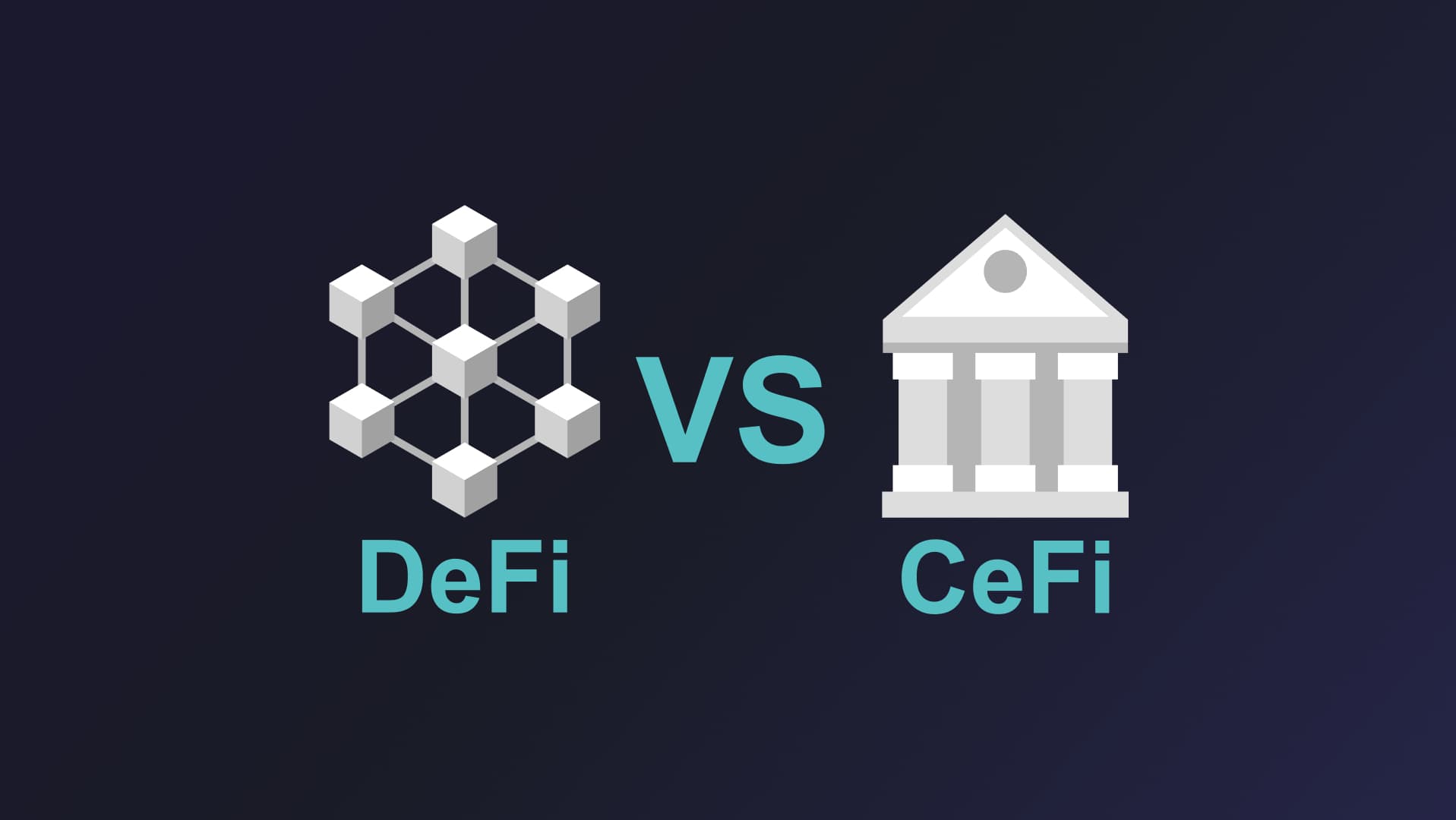
This week's educational Guide distinguishes between Centralized Exchanges (CEXs) and Decentralized Exchanges (DEXs), as well as deep dives into their pros and cons.
What are Crypto Exchanges?
At its core, a crypto exchange allows crypto transactions to occur, enabling the buying and selling of digital currencies. These exchanges host an array of cryptocurrency pairings, offering opportunities to trade Bitcoin for US Dollars (BTC/USD), Bitcoin for Euros (BTC/EUR), or Ethereum for US Dollars (ETH/USD). In contrast, Decentralized Exchanges (DEXs) are more catered towards facilitating exchanges between cryptocurrencies like Ethereum for USDC (ETH/USDC).
A crypto exchange has two primary forms of trading: spot and futures. Spot trading is your direct acquisition of a cryptocurrency, effectively allowing you to own the asset. Conversely, futures trading entails purchasing the right to obtain a cryptocurrency while speculating on its future market behavior.
How Do Centralized Exchanges Work?
Centralized Exchanges are managed by third parties who oversee transactions and ensure the secure custody of assets. Transactions predominantly occur off-chain within the centralized server infrastructure. These exchanges comply with regulatory mandates such as KYC (Know Your Customer) and AML (Anti-Money Laundering), adhering to various legal frameworks.
CEXs operate as intermediaries, bridging the transaction gap between crypto buyers and sellers. Users entrust their cryptocurrencies to exchange-operated wallets for the purpose of trading. In this setting, exchanges assume responsibility for trade execution, asset custody, and regulatory alignment.
Some examples of CEXs include Deskoin, Binance, Coinbase, and Kraken.Image Source: Newsum
How Do Decentralized Exchanges Work?
Decentralized Exchanges (DEXs) are different as they rely on blockchain technology and transparent smart contracts to facilitate direct peer-to-peer exchanges. DEXs eliminate intermediaries from the equation, leveraging blockchain to enable secure, direct transactions.
Operated through wallets, DEXs often avoid KYC requirements, giving users anonymity. The saying "Not your keys, not your coins" resonates within the DEX community, underscoring the importance of users managing their private keys to secure their holdings. Automated market makers assume the role of trade facilitators, removing the need for centralized oversight.
Some examples of DEXs include Uniswap, Hashflow, Paraswap, Chainflip, and 1inch.
Pros and Cons
CEXs and DEXs each come with pros and conts. CEXs usually have more user-friendly interfaces, diverse tradeable cryptocurrencies, and heightened liquidity. Their regulatory alignment also attracts institutional investors and traders seeking a compliant environment.
In contrast, DEXs offer privacy and reduced transaction fees, catering to those without conventional banking access. Additionally, DEXs provide lending, borrowing, and staking opportunities within decentralized applications.
On the other hand, CEXs don’t allow users direct wallet key control, exposing users to potential loss in cases of fraud or bankruptcy. Similarly, DEXs come with lower liquidity and regulatation that could facilitate illicit activities, sometimes discouraging investors from participating in the platforms.
Conclusion
Understanding the differences between both is crucial to safeguarding your digital assets. Every month we share educational guides from DeFi to NFTs and crypto security, stay tuned for more insightful updates.



